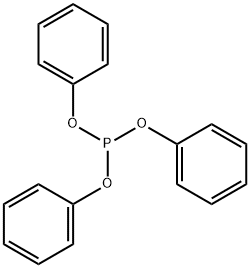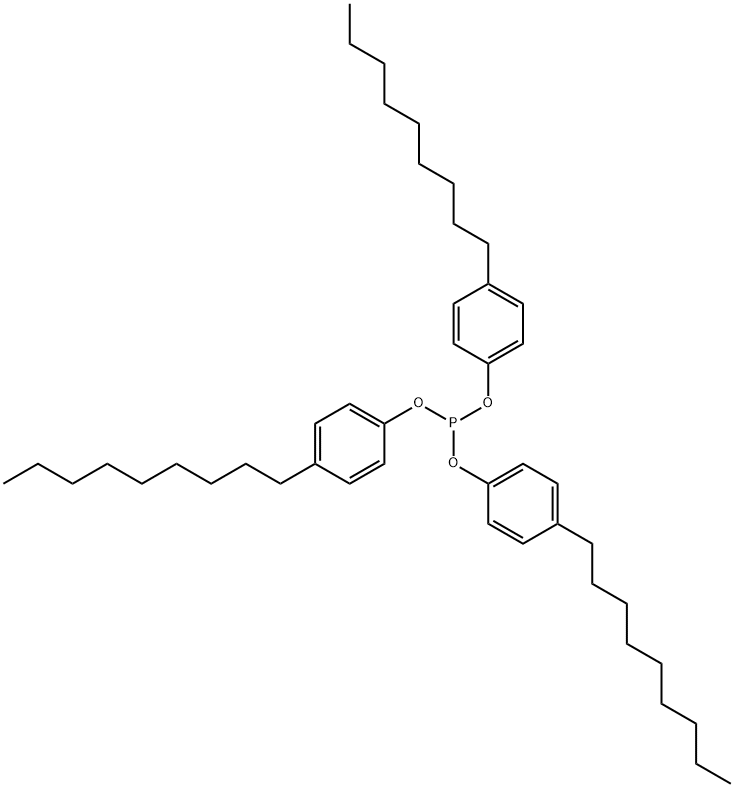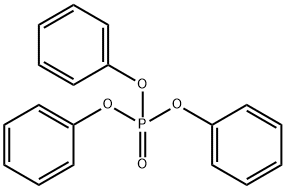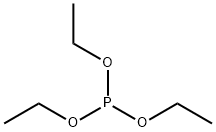A7666412
Triphenyl phosphite , CP,95% , 101-02-0
Synonym(s):
TPO;Triphenyl phosphite;Triphenoxyphosphine;(PhO)3P;P(OPh)3
CAS NO.:101-02-0
Empirical Formula: C18H15O3P
Molecular Weight: 310.28
MDL number: MFCD00003032
EINECS: 202-908-4
Update time: 2022-07-08
PRODUCT Properties
| Melting point: | 22-24 °C (lit.) |
| Boiling point: | 360 °C (lit.) |
| Density | 1.184 g/mL at 25 °C (lit.) |
| vapor density | 10.7 (vs air) |
| vapor pressure | 5 mm Hg ( 205 °C) |
| refractive index | n |
| Flash point: | 425 °F |
| storage temp. | Store below +30°C. |
| solubility | methanol: 25 mg/mL, clear |
| form | Liquid |
| color | Clear colorless to pale yellow |
| PH | 1 (200g/l, H2O, 20℃) |
| Water Solubility | insoluble |
| Sensitive | Air & Moisture Sensitive |
| BRN | 1079456 |
| Dielectric constant | 3.2(24℃) |
| Stability: | Stable. Combustible. Incompatible with strong oxidizing agents. |
| InChIKey | HVLLSGMXQDNUAL-UHFFFAOYSA-N |
| CAS DataBase Reference | 101-02-0(CAS DataBase Reference) |
| NIST Chemistry Reference | Phosphorous acid, triphenyl ester(101-02-0) |
| EPA Substance Registry System | Triphenyl phosphite (101-02-0) |
Description and Uses
Stabilizer/antioxidant for vinyl plastics and polyethylene, polypropylene, styrene copolymers, and rubber.
Safety
| Symbol(GHS) |   GHS07,GHS09 |
| Signal word | Warning |
| Hazard statements | H302-H315-H317-H319-H410 |
| Precautionary statements | P261-P273-P280-P301+P312-P302+P352-P305+P351+P338 |
| Hazard Codes | Xn,N,Xi |
| Risk Statements | 36/38-50/53 |
| Safety Statements | 28-60-61-28A-26 |
| RIDADR | UN 3077 9/PG 3 |
| WGK Germany | 2 |
| RTECS | TH1575000 |
| TSCA | Yes |
| HazardClass | 9 |
| PackingGroup | III |
| HS Code | 29209085 |
| Hazardous Substances Data | 101-02-0(Hazardous Substances Data) |
| Toxicity | LD50 oral in rat: 444mg/kg |





